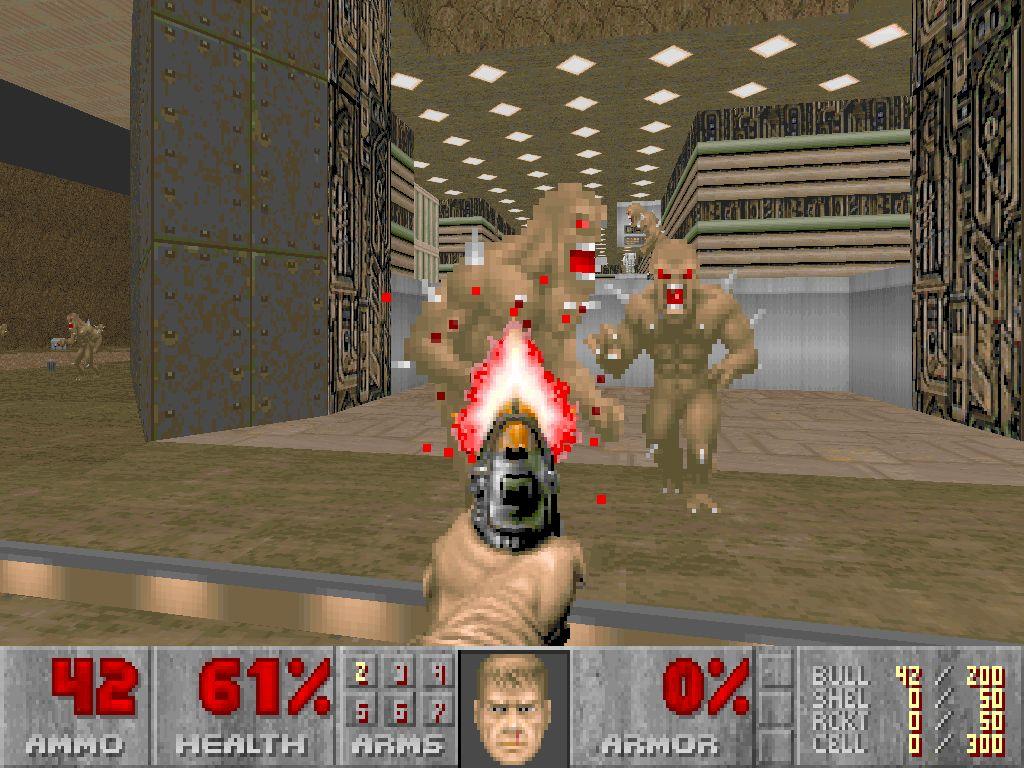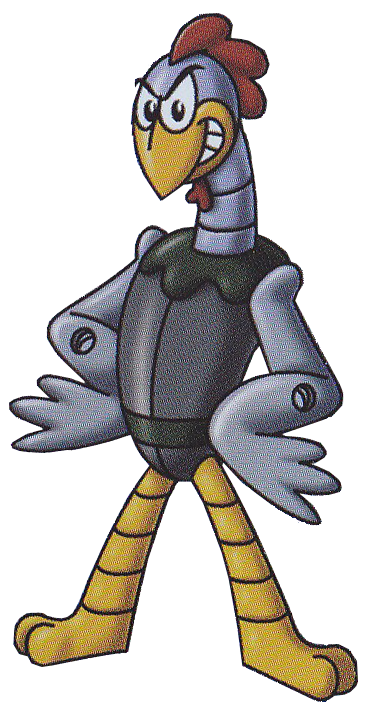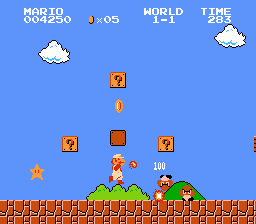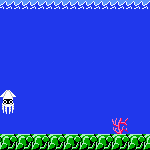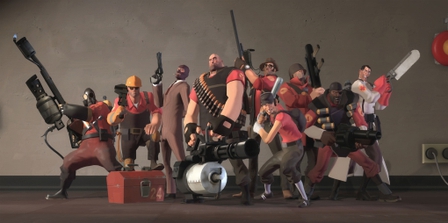The Puyo Puyo games are some of my favorite games ever made.
In these games, you place tiny blobs named Puyos into patterns, attempting to link four to make them disappear. The key is to make a chain of them, where when one disappears, the others follow suit.
Example of a chain.
These chains are the key to unlocking why these games are so fun!
However, we can learn something from them.
The AI for these games have always been challenging. When they started making a single-player campaign featuring computer opponents in 1992, the game became something other than a wanna-be Tetris.
The AI was challenging, and represented an opponent with a unique playstyle and aggressiveness. These computer players could be hated or loved, and I remember in Dr. Robotnik's Mean Bean Machine hating that stupid chicken robot.
Yeah, you know the one...
The AI was able to represent an entity that could be hated, a person in many respects, except : they don't actually exist.
I explained this related to the Bloopers in Super Mario Bros.
Because of this, when you played against the AI, you wanted to defeat them. Chains became weapons, bombs you could launch against your enemy to fill their screen with irritating little blobs that had to be cleared to make room.
This shows us something that video game AI was able to effectively do: make a player feel invested in a character.
Even in this basic puzzle series, I learned to hate that stupid Sonic chicken. That's because the Ai was designed so that I would hate him. Developers, if you choose to design a hated character, test it out and see if you are sufficiently irritated by the character's playstyle. That chicken will always haunt me.


